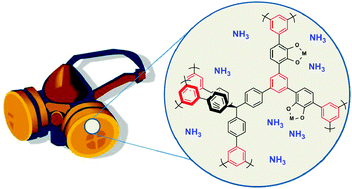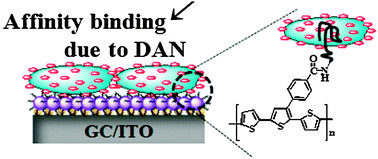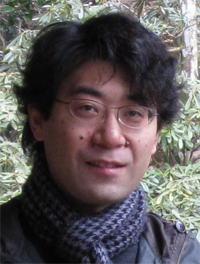Cobalt Fischer–Tropsch catalysts have been investigated in both 2-D and 3-D, by scientists in the Netherlands and the US, using in situ hard X-ray transmission X-ray microscopy (TXM). The Fischer–Tropsch process is an important step in the production of liquid fuels from natural gas, biomass or coal.
Tomographic elemental mapping revealed the 3-D distribution of cobalt over the catalyst particles showing that cobalt is heterogeneously concentrated in the centre of the catalyst particles. 2-D chemical mapping allowed them to follow the chemical composition of the catalyst particles under reaction conditions.
This is the first time that this particular catalyst has been observed at the single particle level under reaction conditions, allowing the team to get a true picture of the deactivation of the catalyst which will provide information to help improve the catalyst’s productivity.
‘HOT’ Communication – read for free today:
X-ray Nanoscopy of Cobalt Fischer-Tropsch Catalysts at Work
Korneel Cats , Inés González-Jiménez , Yijin Liu , Johanna Nelson , Douglas van Campen , Florian Meirer , Ad M.J. van der Eerden , Frank M F de Groot , Joy C. Andrews and Bert Weckhuysen
Chem. Commun., 2013, DOI: 10.1039/C3CC00160A













 As Alzheimer’s disease advances, symptoms can include confusion, irritability and aggression, and long-term memory loss © Shutterstock
As Alzheimer’s disease advances, symptoms can include confusion, irritability and aggression, and long-term memory loss © Shutterstock

![spinksbanner2_tcm18-223978[1]](https://blogs.rsc.org/md/files/2012/11/spinksbanner2_tcm18-2239781.jpg)
 Lowering the drug dose required to effectively treat a patient would save money and reduce side effects. To achieve this, one area of research is focusing on using a ‘prodrug’ approach in which less toxic substrates, or prodrugs, are given to a patient and are converted to the active drug form by an enzyme only at a specific site.
Lowering the drug dose required to effectively treat a patient would save money and reduce side effects. To achieve this, one area of research is focusing on using a ‘prodrug’ approach in which less toxic substrates, or prodrugs, are given to a patient and are converted to the active drug form by an enzyme only at a specific site.